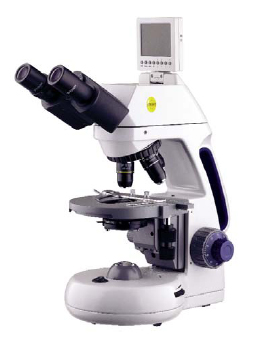Here are answers to some questions commonly asked about STEM (Science, Technology, Engineering and Math) Education.
There
is a lot of talk and buzz around the term STEM. but, what exactly is it?
There are many definitions of the term S.T.E.M. Simply stated,
STEM
is an acronym that stands for Science, Technology, Engineering and Mathematics.
STEM education is an interdisciplinary approach to learning where academic
concepts are paired with real-world lessons as students apply science,
technology, engineering, and mathematics in contexts that make connections
between lessons learned in school to work and community applications. It is takes learning to the next level, in
which students do not simply learn concepts but demonstrate and apply theory to
application. (Tsupros, 2009). S.T.E. M.
programs turn a typical classroom into one that is dynamic and driven by
problem-solving, discovery and investigative learning.
Why is STEM so
important to today’s science educator and science classroom?
Since
the publication of Rising
above the Gathering Storm: Energizing and Employing America for a Brighter Future (National
Academies Press, 2005), the need and demand for jobs that require specific
S.T.E. M. skills has increased exponentially. The
Bureau of Labor and Statistics project job growth of 22% in S.T.E.M related
occupations in the next ten years. S.T.E.M. education provides the foundation for
today's students to become the workforce of tomorrow.
Where do I find S.T.E.M.
Related Funding Sources?
- American
Recovery and Reinvestment Act of 2009: Extensive
information on all aspects of the Recovery Act that pertain to education
- Improving the
Academic Achievement of the Disadvantaged: Title I provides
financial assistance to LEAs and schools with high numbers or high percentages
of disadvantaged children to help ensure that all children meet challenging
state academic standards.
- Enhancing
Education through Technology (EETT): Title IID provides
funding specifically for technology so that students become technologically
literate and teachers learn how to integrate technology into curriculum.
- The Foundation
Center: Directory of
private philanthropic and grant making foundations
- Grant Wrangler: A free grant and
award listing service for K-12 teachers, schools and students.
- Grants.gov
How Can I Learn More About STEM
Education? Check out the organizations below to learn even more about STEM education!
- American Chemical Society
- Education Development Center
- Hands On Science Partnership
- National Council of Teachers of Mathematics
- NSTA
- The Science Olympiad


